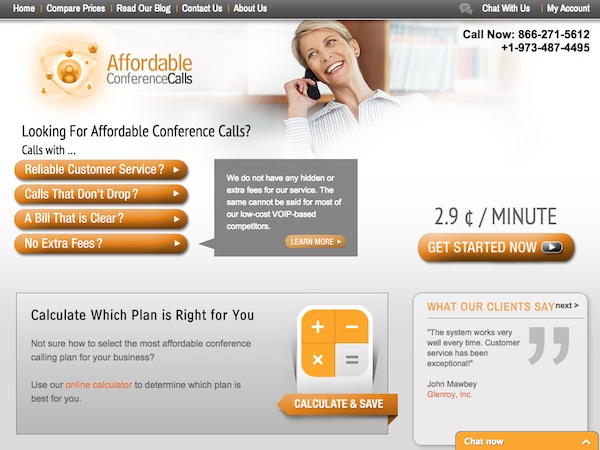Deal With the Big Rocks First
Before you spend time and money trying to optimize the small aspects of your website, deal with the big issues first.
Before you spend time and money trying to optimize the small aspects of your website, deal with the big issues first.
Website optimization methods focus on incrementally optimizing a site to increase conversion rates. These methods may only generate lifts of tenths of a percent, but, to many websites, that’s still tens of thousands of dollars, so these methods should be an integral part of any website development effort. However, you need to make sure your site is good enough first, before optimizing it – otherwise, you’re just polishing a turd.

A professor walked into class and began putting large rocks in a jar. When she couldn’t fit any more rocks into the jar, she asked the class if the jar was full. The class responded with a resounding “Yes.” She told them they were wrong. Then she poured small pebbles into the jar, shaking it so they would settle in and fill the voids between the bigger rocks. She asked the class, again, if the jar was full. They, not so vociferously, answered, “Yes, it is now.” “Wrong, again,” said the professor. She then poured in some sand, filling in all of the small crevices. “Now is it full?” she asked. The class laughed and said, “Yes, now it’s full.” Then the professor poured water into the jar, filling it to the top, proclaiming, “Nope, now it is full.”
The point of the story is that you must start by making sure you focus on the big stuff, first. There is always room for minor things, later. If you don’t start with the big rocks, the fundamental things your site must do for the users, then you end up optimizing the wrong things. Many website teams spend too little time on the big rocks, but spend years on the sand and water. There’s more money in the big rocks than the sand and water.
What are some big things that you need to get right first? What most folks fail to understand is that the general approach your site presents to the users is more important that where to put your call-to-action button.
Is your site organized around problems or solutions? Almost every site I‘ve seen is more oriented around providing solutions, requiring the users to read and assimilate all of the information to determine which solution is right for them. This usually leaves users with a sense of doubt and inhibits conversions.
Presenting problems that users can identify with is much more successful and does not rely on the users’ ability to understand your solutions in order to determine whether or not they need to buy from you. Once users identify with a problem, then they are more open to and trustful of your suggestions. This is a “big rock” thing.

AffordableConferenceCalls.com demonstrates a good problem-oriented design approach. Their research identified the key problems customers have with typical conference calling services (and why they want to change vendors) and addressed them with questions to help users self-identify the problem they need to solve. This research also helped the company focus their business strategy around solving these key customer problems instead of selling solely on price.
An easy way to determine if your site has a problem-oriented or a solution-oriented design is to simply look at your navigation. If your site relies on primary navigation choices labeled Products or Solutions, then yours is a solution-oriented site. If your site explicitly states a set of common customer problems that lead to product/solution descriptions, then it is more problem-oriented.
So, before you go spending time on sand and water, make sure you have all the big rocks in place, first. There are several other big rock things, as well, but clients who have switched to a problem-oriented approach have seen conversion lifts in the 10 to 20 percent range and used optimization techniques to further refine those improvements.